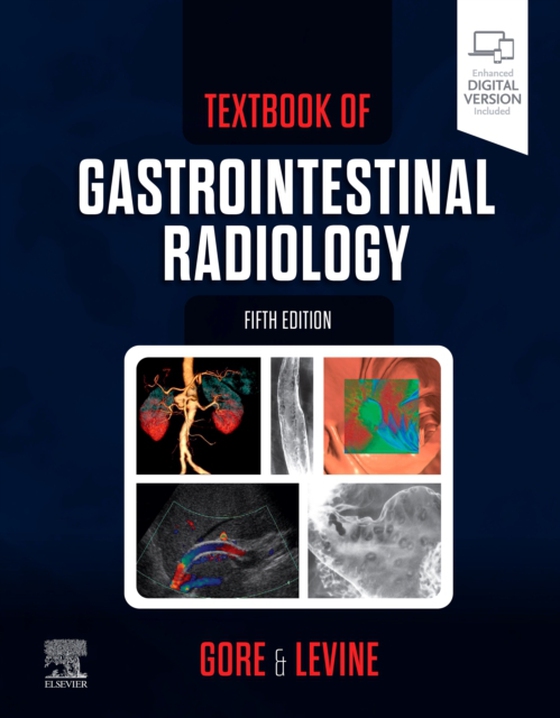
Textbook of Gastrointestinal Radiology E-Book e-bog
2921,57 DKK
(inkl. moms 3651,96 DKK)
Ideal for both trainees and experienced practitioners, Textbook of Gastrointestinal Radiology, 5th Edition, provides detailed, concise, well-illustrated information on all aspects of GI imaging-now in a single volume for convenient point-of-care reference. Drs. Richard M. Gore and Marc S. Levine lead a team of world-renowned experts to provide unparalleled coverage of all major gastrointestinal...
E-bog
2921,57 DKK
Forlag
Elsevier
Udgivet
3 juni 2021
Længde
1104 sider
Genrer
MKSH
Sprog
English
Format
epub
Beskyttelse
LCP
ISBN
9780323640831
Ideal for both trainees and experienced practitioners, Textbook of Gastrointestinal Radiology, 5th Edition, provides detailed, concise, well-illustrated information on all aspects of GI imaging-now in a single volume for convenient point-of-care reference. Drs. Richard M. Gore and Marc S. Levine lead a team of world-renowned experts to provide unparalleled coverage of all major gastrointestinal disorders as well as the complete scope of abdominal imaging modalities. Every chapter has been thoroughly updated, and new authors provide fresh perspectives on complex imaging topics. Offers streamlined, actionable content in a new single-volume format for quicker access at the point of care. Highlights the complete scope of imaging modalities including the latest in MDCT, MRI, diffusion weighted and perfusion imaging, ultrasound, PET/CT, PET/MR, plain radiographs, MRCP, angiography, barium studies, and CT and MR texture analysis of abdominal and pelvic malignancies. Features more than 1,100 state-of-the art-images, with many in full color. Discusses the imaging features of abdominal and pelvic malignancies that are key in an era of personalized medicine, as well as the relationship of abdominal and pelvic malignancies to cancer genomics and oncologic mutations that guide novel molecular, targeted and immunotherapies. Provides a diagnostic approach to incidentally discovered hepatic, pancreatic, and splenic lesions now commonly found on cross-sectional imaging.
 Dansk
Dansk

